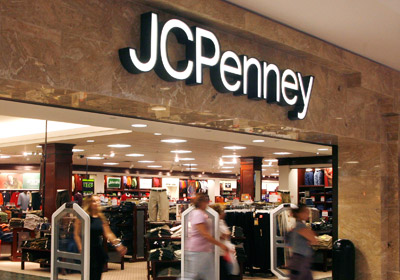I recently read Shawn Freeman‘s Small business forecast looks ‘cloudy’ with a chance of success blog. The cloud is big news for small businesses. Empowered by the cloud, even the smallest business can be more competitive and more secure from the dangers of a volatile economy. But the cloud is not without risks. The key to using the cloud well is to do your research, plan, and partner with a cloud provider you can trust.
I think it is really hard to start up business and jump into competitive world. People who has small business should work harder than other people in order to success. What I think about start business is that people should have passion. Business will not turn out that you want, but it will bring you a great result if you enjoy your work. Try your best, live for present, and put your effort as much as you can then you will success in one day even though you didn’t have anything when you start business. Cloud doesn’t stay long people will see the sunshine after crucial moment.
———————————————————————————————————————
Reference
Picture
Blog
http://www.itbusiness.ca/blog/small-business-forecast-looks-cloudy-with-a-chance-of-success/44303








